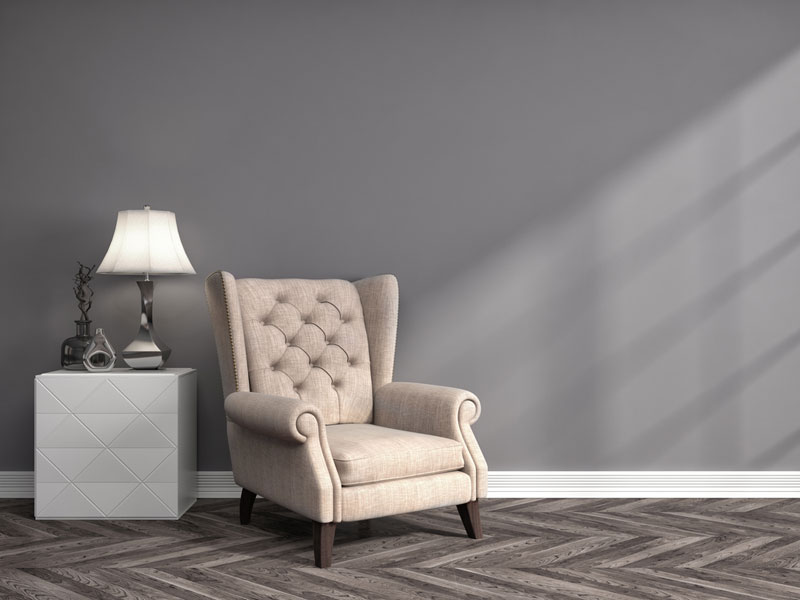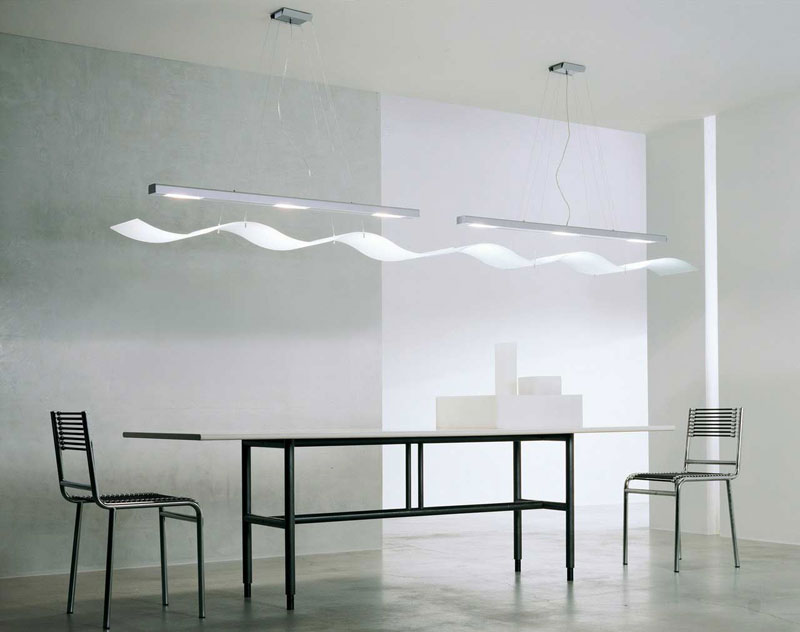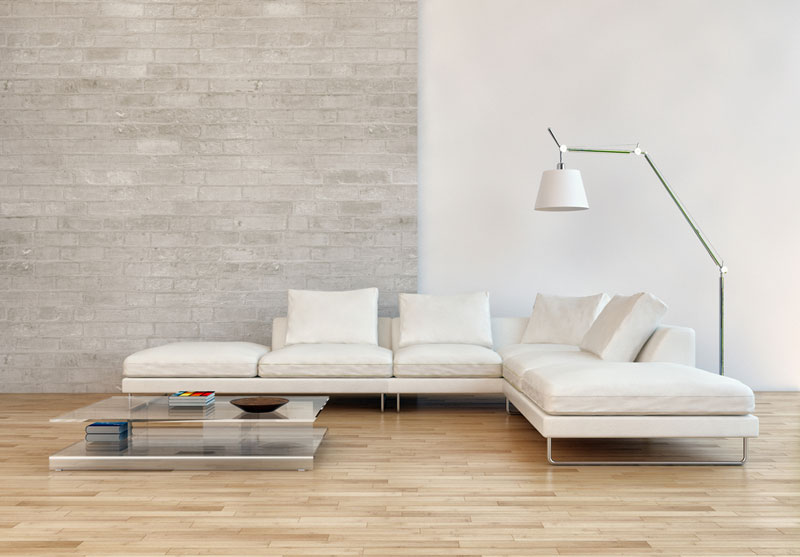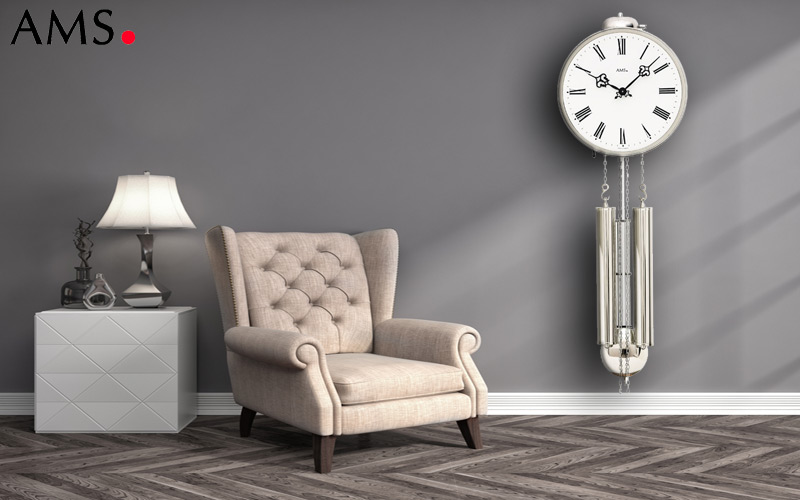What does modernity mean?
Modernity indicates historically a change in numerous areas of life as opposed to tradition and, partially, generated through Industrial Revolution, the Enlightenment and Secularization. In philosophy modernity coincides with the Enlightenment. Today, we link modernity to being modern, being open to the future and up to date.
The concept “aesthetical modernity” designates the break from the secular canons, which begins to take shape at the beginning of the 19th century through formal principles like perspective, proportion rules, golden ratio and other image symmetries, also denoting the aesthetical conversion to the first formalisms.
The concept of “classical modernity“ relates to the variety of vanguard and pioneering stylistic tendencies in the figurative arts until the first half of the 20th century. The German Bauhaus excelled as cultural precursor for the modernity. Modernity in architecture always conveys something new and pioneering, if possible, with new colours and forms, separating from the tradition.
Modernism corresponds, in architecture, to an indefinite age. It usually refers to the formal language used universally and developed in the artistic field of the 20th century named, indeed, klassische Moderne, partially still used today.



AMS 342 as classic wall clock
The living spaces we show as examples are usually very modern. They offer a lot of space for dreaming and painting, for those who want to achieve self-determination. However, a modern living space is not only enriched with just modern decorations. We usually prefer to combine classical pieces with modern living rooms together, so that they can shape an antique or vintage lifestyle.
We want to present you the AMS 342, as classic pendulum clock or mechanical clock. The clock features a silver case, a pendulum and two weights. The dial is in classic white with black Roman numerals and squiggled hands. The chain with its slim, long weights appears classic and elegant.


